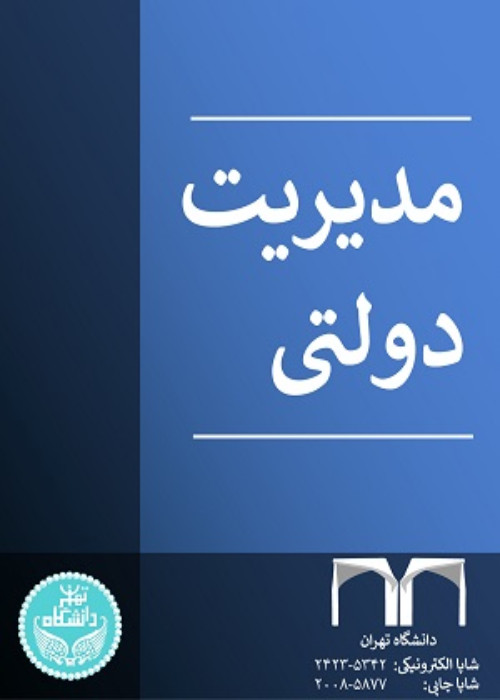Presenting a performance evaluation model for the Iranian parliament by meta-synthesis
The Parliament, like any other institution, is required to be evaluated to improve the quality of its effectiveness. This article seeks to provide a model for assessing the performance of the Iranian parliament considering the contextual condition and political context of the country. The designed model is expected to facilitate monitoring the ongoing changes in the performance of the Iranian body over time and to improve its functionality.
At first, using the meta-synthesis method, the available data about the performance evaluation of the parliament were studied. Then, based on the available literature, a comprehensive model was developed. In order to adapt the model to the contextual condition and political context of the country, more than 60 in-depth and semi-structured interviews were conducted with the time and former members of the presiding board and other MPs, including the former President, ex-Cabinet ministers, as well as the managers and experts of the Parliamentary Research Center.
The result of the research was presented via a set of standards or criteria including 216 criteria in the form of 84 topics, 26 sub-areas, and 5 main areas to evaluate the performance of the parliament. By adjusting this model to the situation in Iran, the criteria were completed and classified into sub-areas and topics. The criteria were put forward in the following five areas: "pivotal role of the parliament in the country", "elections and conditions of becoming an MP", "functions and work process of the parliament", "Parliament’s internal structure and its infrastructure" and "Parliamentary values". In order to use this model, the opinion of experts in the field had to be collected and the time situation in each of the sub-areas or topics had to be determined. Due to the large number of criteria introduced, questionnaires could not be developed based on them. By aggregating opinions and analyzing them, the time situation of the parliament in each of the areas was determined and a clear evaluation of the performance of the parliament was carried out.
To date, no model has been provided for evaluating the Iranian parliament. By presenting such a model, this article created the minimum necessary standard for the systematic evaluation of the body in different periods. It is expected that implementing the model could improve the performance of this important institution in the country.
- حق عضویت دریافتی صرف حمایت از نشریات عضو و نگهداری، تکمیل و توسعه مگیران میشود.
- پرداخت حق اشتراک و دانلود مقالات اجازه بازنشر آن در سایر رسانههای چاپی و دیجیتال را به کاربر نمیدهد.



